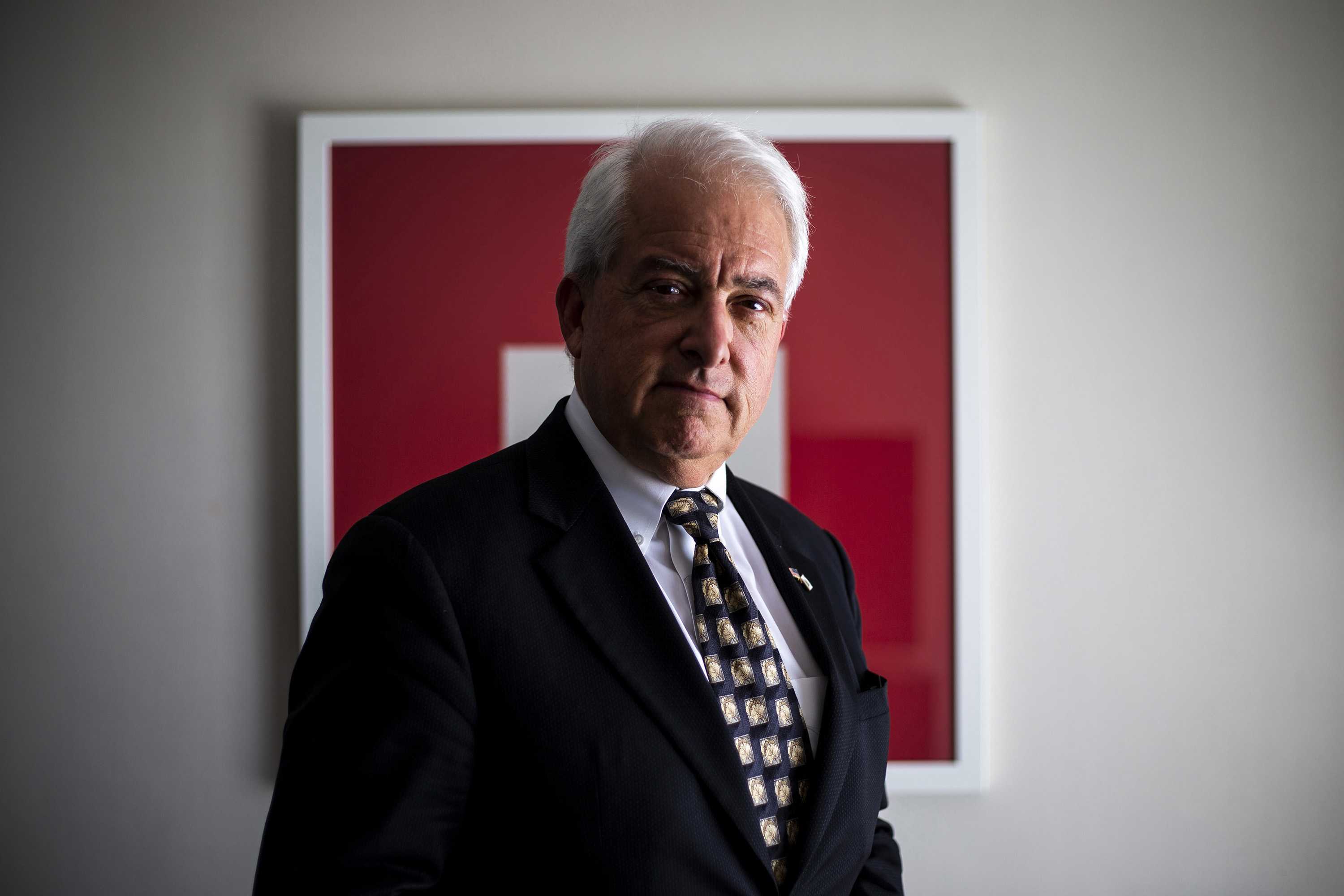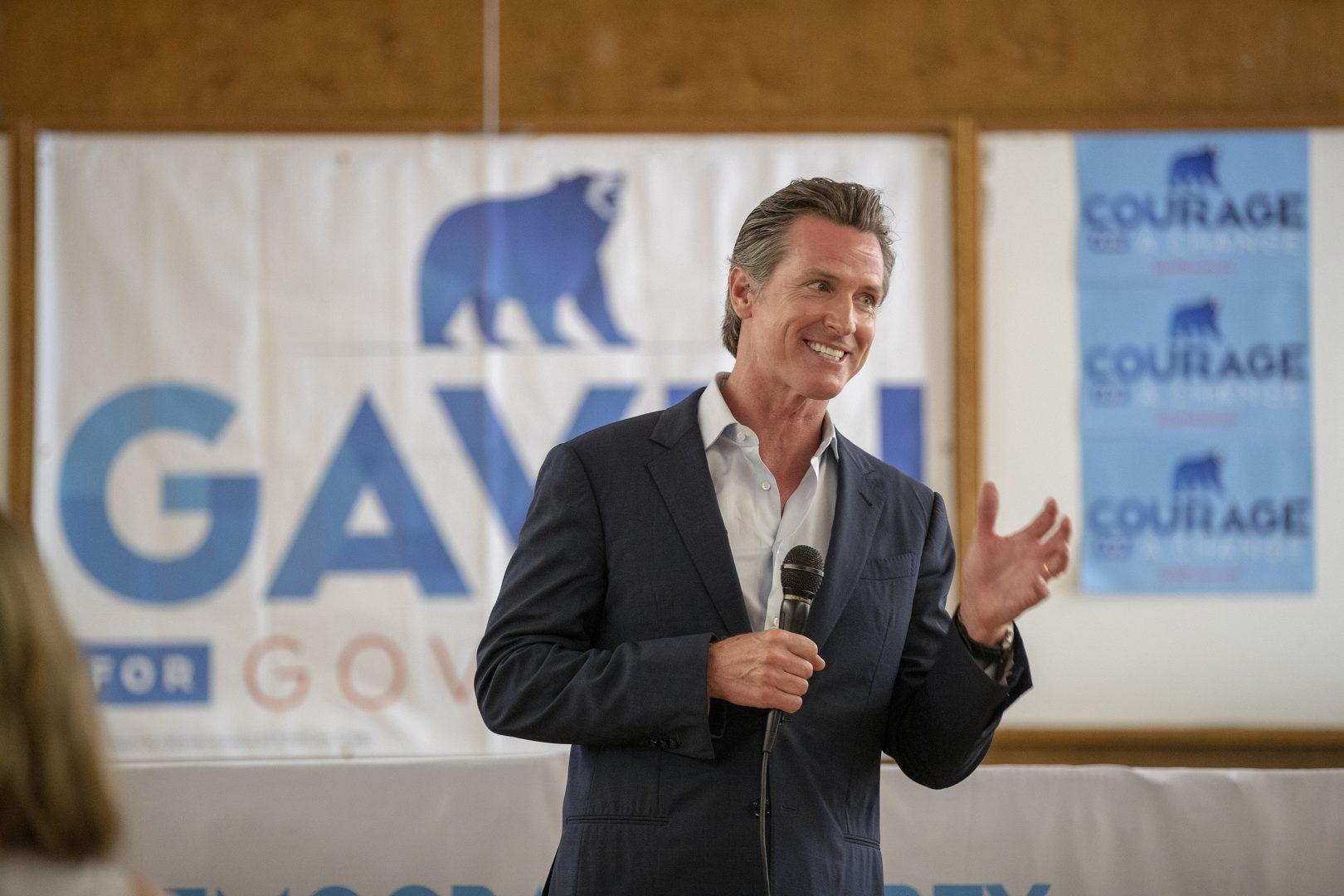By Dakota Smith
Los Angeles Times
LOS ANGELES — Sometimes it seems that California’s two candidates for governor are running for different offices.
Democrat Gavin Newsom casts himself as the leader of the state’s resistance to President Donald Trump, pushing big-ticket issues such as health care, education and climate change.
Republican John Cox has focused on pocketbook issues that are narrow in scope but emotionally charged — repealing California’s increased gas tax, and problems at the Department of Motor Vehicles.
The contrast in approach shows how differently the candidates see the issues facing California, and the role they would play in addressing them.
In this deep-blue state, Newsom leads in the polls and fundraising. That leaves Cox — who has never held elected office–to run an insurgent campaign as he tries to chip off Democratic and independent votes.
Cox is focusing on what he calls the “forgotten Californians.” He helped champion a ballot measure that would repeal the gas tax increase, spending $250,000 toward the effort to put the issue before voters on Nov. 6. He also handed out water bottles to voters in line at a DMV field office in Sacramento last month in an attempt to burnish his image as a man of the people.
Political strategists say the Republican’s game plan is a smart move in left-leaning California, where some GOP voters may reject the president’s polarizing rhetoric or policies.
Trump endorsed Cox ahead of the June primary, giving the lesser-known Republican more visibility and, some say, a bump in the polls. But Cox hasn’t spent much time discussing the president on the campaign trail and has avoided core Republican issues such as gun rights and abortion.
“Cox is doing exactly what a Republican needs to do, which is to focus on issues that transcend partisanship,” former state GOP Chairman Ron Nehring said. He is focusing on “that teacher, that cop, that blue-collar union worker who is paying the gas tax increase,” he said.

Cox is an honorary campaign chairman for Proposition 6, which would repeal the increase in the state’s tax on gas and diesel sales and a new annual vehicle registration fee that Democratic leaders, including Gov. Jerry Brown and Newsom, say are needed to pay for road and highway repairs.
Signed into law last year, the levies have proved unpopular with voters and have become a liability for some politicians, including former state Sen. Josh Newman of Fullerton, a Democrat who was targeted by Republicans and recalled this year over his support for the tax increases.
Four Democratic congressional candidates in California recently broke ranks with the party to oppose the new fees, which increased the gas tax by 12 cents per gallon and the diesel fuel tax by 20 cents per gallon. At least one of those candidates, Josh Harder of Turlock, is supporting the repeal effort.
Cox also called for an audit of the DMV and for the department’s director to step down following revelations about hours-long wait lines and faulty voter registrations.
Department officials said this month that roughly 23,000 voters were registered to vote incorrectly by the DMV, including some who were assigned the wrong political party preference. Wait times at the DMV also shot up over the summer amid the rollout of new programs.
Brown has announced plans for a performance audit of the agency, a review Cox called “an important first step that I have been shining light on for months.”
Bob Shrum, a former Democratic operative who is director of USC’s Center for the Political Future, said people have been angry at the DMV for decades and questioned whether Cox’s focus on an investigation would bring in votes.
“How many people have marched to the polling booths under a banner that says ‘audit’?” Shrum said.
With the state’s poverty rate hovering at 19 percent, according to U.S. Census Bureau figures, the Republican is trying to link Californians’ financial woes with the DMV and the higher gas tax.
“The biggest issue of this campaign is affordability,” Cox wrote in an email to The Times. “Paying $700 a year more for gas, or waiting in line for hours at the DMV instead of being at work or with your family, those are all products of the affordability crisis faced by millions of Californians forgotten by the Sacramento political class.”
California voters have a history of bucking higher fees. They revolted after Democrat Gov. Gray Davis’ 2003 decision to triple the state vehicle license fee, which helped fuel his recall and the election of Republican Gov. Arnold Schwarzenegger.
But Davis said in an interview that he doesn’t see parallels between the gas tax and the license fee, because the recent tax increase is more “modest” than his fee.
Cox’s campaign is “predicated on the false assumption that policy issues will drive people to the polls who otherwise wouldn’t vote. That’s never proven to be the case in California, with the exception of Prop. 13 in 1978,” Davis said, referencing the state measure that capped property tax increases.
The effort opposing Proposition 6 — which includes the California Chamber of Commerce– has raised more than $30 million, while those supporting the repeal have brought in more than $4.4 million, according to the California Secretary of State’s office.
On other issues, Cox has faced some criticism for a lack of detail on how he would implement his policy proposals. His website lists a host of topics, including homelessness, health care and the environment, but few solutions.
Newsom recently took a shot at his opponent, saying that some of Cox’s plans “have the form and substance of fog.”
But the lieutenant governor has been criticized for his own stances on the issues facing California–in the primary, Democratic rivals accused him of flip-flopping or equivocating on some policy positions.
The former San Francisco mayor dismissed the notion that his campaign is focused solely on grand policy ideas and not the everyday problems of Californians. He said he has concrete plans to address affordable housing and ensure people in the state have access to adequate health care and child care, among other needs.
“Those seem to be the manifestation of pocketbook issues,” Newsom said in an interview after holding a rally for Harder.
Newsom recently released a television advertisement that promises to “renew the California dream” to ensure that babies have quality prenatal care, toddlers can attend preschool, students have access to after-school programs and graduates can find jobs.
Still, questions remain over how he’ll pay for his big visions, which include universal health care in California. One high-profile proposal for statewide care through a state-run single-payer system would cost as much as $400 billion per year, according to a legislative estimate.
Newsom has argued that California’s health care system already costs that much. He cites the San Francisco universal health care system adopted in 2006 while he was mayor, but hasn’t offered specifics on how a state plan would be funded.
Newsom’s focus on Trump, not Cox, also allows him to highlight broad, national issues as he seeks to pivot away from his opponent. Women’s reproductive rights, marriage equality, immigration, health care and more “are under attack by an administration determined to move our country backwards,” Newsom says in a video called “California Values” on his website. “Let’s show Donald Trump what our bold progressive future really looks like.”
According to a Public Policy Institute of California poll in July, Newsom was supported by 55 percent of likely voters, Cox was backed by 31 percent, and 9 percent were undecided. A more recent poll by Probolsky Research found a much closer gap, with Newsom leading by 44 percent to Cox’s 39 percent.
Veteran Democratic consultant Darry Sragow said Newsom is following the typical campaign strategy of a candidate leading in the polls–making sure he doesn’t give his rival any chances to challenge him.
As the front-runner, Newsom “doesn’t have an obligation to engage with his opponent,” Sragow said.
Because Cox hasn’t held elected office, the Republican has the freedom to be more critical, Sragow said. Besides an aborted run for president in 2008, Cox also ran unsuccessfully for Congress twice in Illinois.
“He can pretty much say or do anything because he’s doesn’t have a record that he has to worry about contradicting or defending,” Sragow said. “He can just take shots.”
(Los Angeles Times staff writer Phil Willon contributed to this report.)
(c)2018 Los Angeles Times. Visit the Los Angeles Times at www.latimes.com.Distributed by Tribune Content Agency, LLC.





